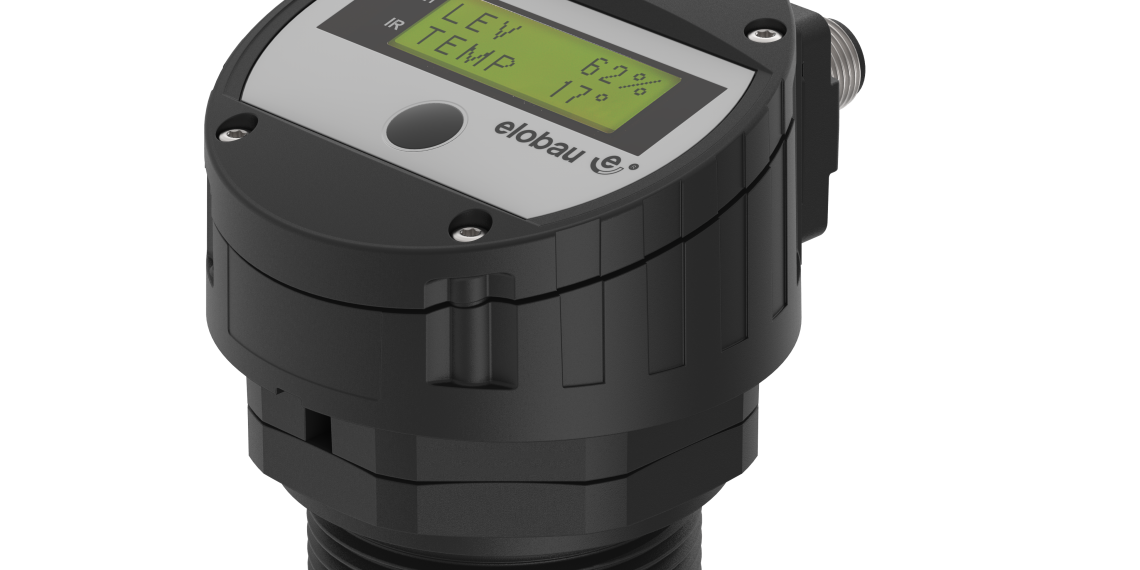With the 2U Industry ultrasonic sensor, the elobau company offers a reliable and convenient way to measure fill levels and detect objects. Elobau is a globally active manufacturer of non-contact sensor technology, level measurement and operating elements for mechanical and plant engineering as well as mobile machinery based in Leutkirch.
Thanks to the high variability and flexibility of the product, the sensor is suitable for almost any type of level application. Regardless of the transparency, gloss, surface condition and color of the liquid or material, the 2U Industry delivers precise results, even in harsh industrial environments.
Commissioning is quick and easy. The ultrasonic sensor measures without contact, which means that no moving or mechanical parts are used in the measurement. As a result, the operator benefits from minimal maintenance requirements.
Focus on flexible use and ease of operation
With regard to the output signals, the user can choose between an analog current or voltage signal. In addition, up to four freely programmable switching outputs (high-side / low-side) are available. The ultrasonic sensor was preferably developed for level measurement of liquid media and solids such as granulates, but can also be used for distance measurement to objects, walls or soil. The user has the possibility to carry out continuous level and point level measurements.
The parameterization of the sensor is menu-driven with the help of the display and a key (teach-in key). The easy-to-read display shows the level. The rotatable head of the sensor allows an optimum view of the display at all times as well as additional flexibility for mounting in difficult installation situations. Regarding the mounting threads, variants with G 1.5″, G 2″, 1.5″ NPT and 2″ NPT are available. The 2U Industry is suitable for applications where the range of the sensor can be up to 1 m and the ambient temperature ranges between ‑20°C and +70°C.
Added value thanks to ultrasound
The principle of ultrasonic technology is as simple as it is effective. Ultrasonic sensors cyclically transmit sound pulses in the high-frequency ultrasonic range in the direction of their target object. The target reflects the signal, which is received by the sensor as an echo. The distance can then be calculated from the transit time.
This measuring principle allows not only distances to be measured, but also the positions of objects to be detected — even in precipitation, humidity, dust, smoke and extreme temperatures. This makes the ultrasonic sensor an all-round talent that is suitable for a wide variety of measurement and monitoring tasks.

















